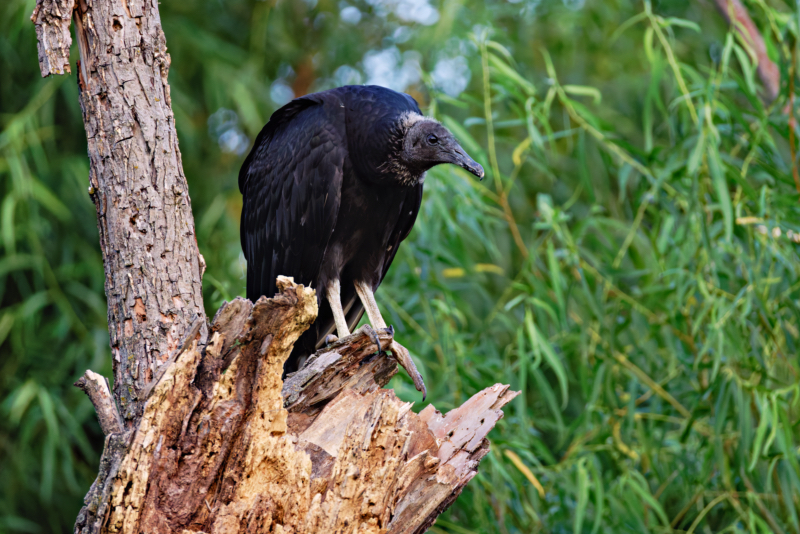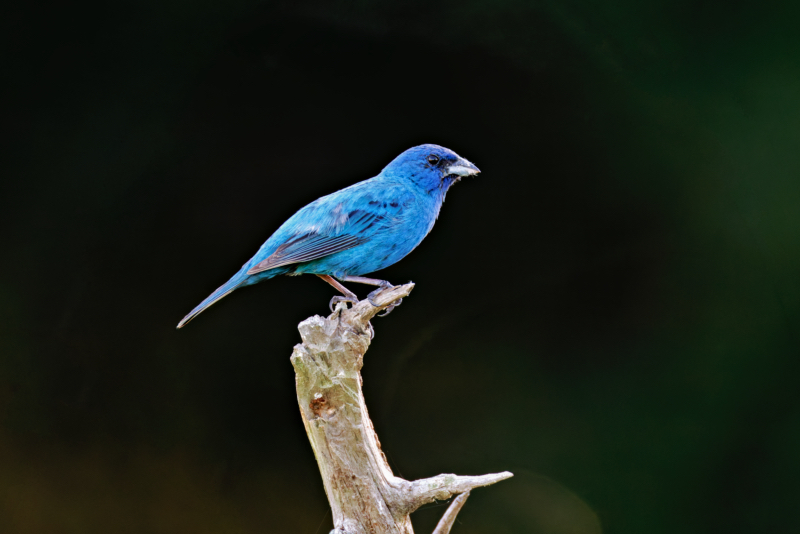July 4, 2024 — A day that started well before sunrise, accompanied by the serenade of nature, and filled with exciting wildlife encounters. I had my fellow wildlife photography friend, Mia, with me at the Sequoyah National Wildlife Refuge in Oklahoma. We were eager to explore and photograph the wildlife, and our day turned out to be quite eventful.
Before Sunrise
We arrived at the refuge long before the sun made its appearance. The cool, pre-dawn air was refreshing as we enjoyed breakfast with coffee we brought along. The sounds of the refuge waking up were all around us—coyotes howling from different directions and the distinctive calls of Barred Owls. One particular sound stood out: the plaintive cries of what I believed to be young Barred Owls, probably hungry and calling for food.
The Whitetail Fawn
As we waited for the sun to rise, I parked near the entry gate to the main part of the refuge. Suddenly, a loud noise came from the trees between us and the visitor center. It sounded like a Whitetail Fawn calling for its mother. I drove over to investigate, but the fawn was nowhere in sight.
Once there was enough light, we began our journey on the auto tour road in my truck. Within the first half-mile, I noticed a Whitetail Fawn running behind us in the rearview mirror. I pointed it out to Mia, and we both watched as the fawn ran past our truck. Curious and concerned, I stopped the truck, and the fawn came back towards us. It seemed to be in good health, just a bit tired from running. After a brief pause, it wandered into a nearby cornfield and disappeared from view.
Black Vulture and Whitetail Bucks
Continuing our drive, we approached the four-corner intersection where I spotted a young Black Vulture close to the road. I positioned the truck for Mia to take some shots before stepping out to photograph the vulture myself, using the truck for cover. After capturing several photos, we moved on.

Not far down the road, we found a bachelor group of Whitetail Bucks in a harvested winter wheat field. We took some photos and pressed forward to one of my favorite spots: the Phillip Parks Memorial Fishing Pier.

Phillip Parks Memorial Fishing Pier
This location never disappoints. Mia and I took turns pointing out various subjects to photograph. The sheer diversity of wildlife here always amazes me. We saw numerous species, adding more photos to our collections.




On the Road Again
As we resumed our tour, we encountered a Swamp Rabbit, but the poor lighting deterred us from photographing it. We also stopped to photograph several Skinks on a log on the side of the road, adding another species to our list for the day.


A side road caught my eye, and soon after turning onto it, I spotted an Indigo Bunting. Unfortunately, Mia couldn’t see it from her side, but I managed to get a photo. Mia then noticed a Whitetail buck moving through the weeds, but it was too obscured for a clear shot.

We continued down this road, photographing dragonflies and butterflies along the way.


Returning to the main tour road, we reached Miner’s Cove, where Mia spotted two young Barred Owls. We both managed to get some good shots of these beautiful birds. Just a few yards further, a Great Egret and a Great Blue Heron were feeding in the cove, providing more photo opportunities.



A Pleasant Farewell
After a rewarding morning, we drove back to the start of the auto tour road. Mia photographed a few more dragonflies on the corn plants by the road. On our way back to the Phillip Parks Memorial Fishing Pier, we were delighted to see a Blue Grosbeak. A few seconds later a Whitetail Doe and Fawn crossed the road. We didn’t photograph the deer, choosing instead to simply enjoy the moment.

We spent a few more minutes at the pier before deciding to leave. As we exited the parking area, the Doe and Fawn crossed our path once more, and again, we relished the sight without reaching for our cameras.
Despite the sweltering heat, with temperatures soaring into the 90s, it was a fantastic morning. The thrill of seeing and photographing such a variety of wildlife made it all worthwhile. Nature always has a way of making early mornings and hot days feel magical.

I really like the blues you captured on the Indigo Bunting and Blue Grosbeak. I think the Indigo is probably and after second year bird…meaning it has traveled south and back at 2 times. I am always amazed at how so many of our neotropical birds make these long journeys every year and survive. Sequoyah NWR is so important in providing breeding habitat. Thank you for sharing.
Thanks Rebecca!
WOW!!! What a wonderful day, full of memories.
What a wonderful morning!